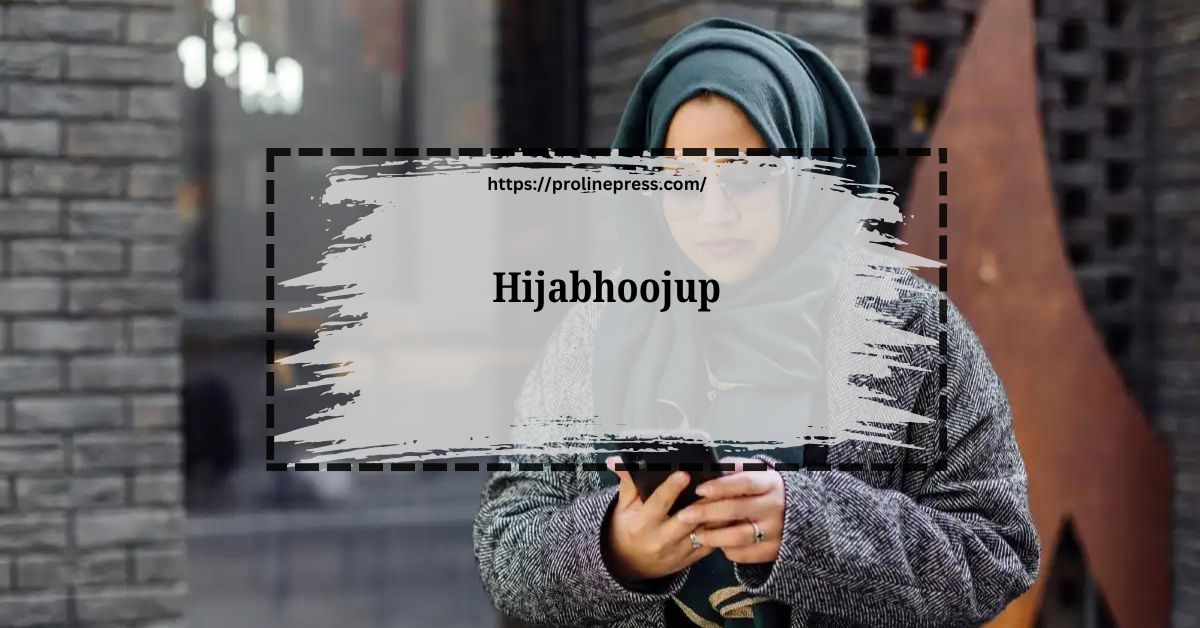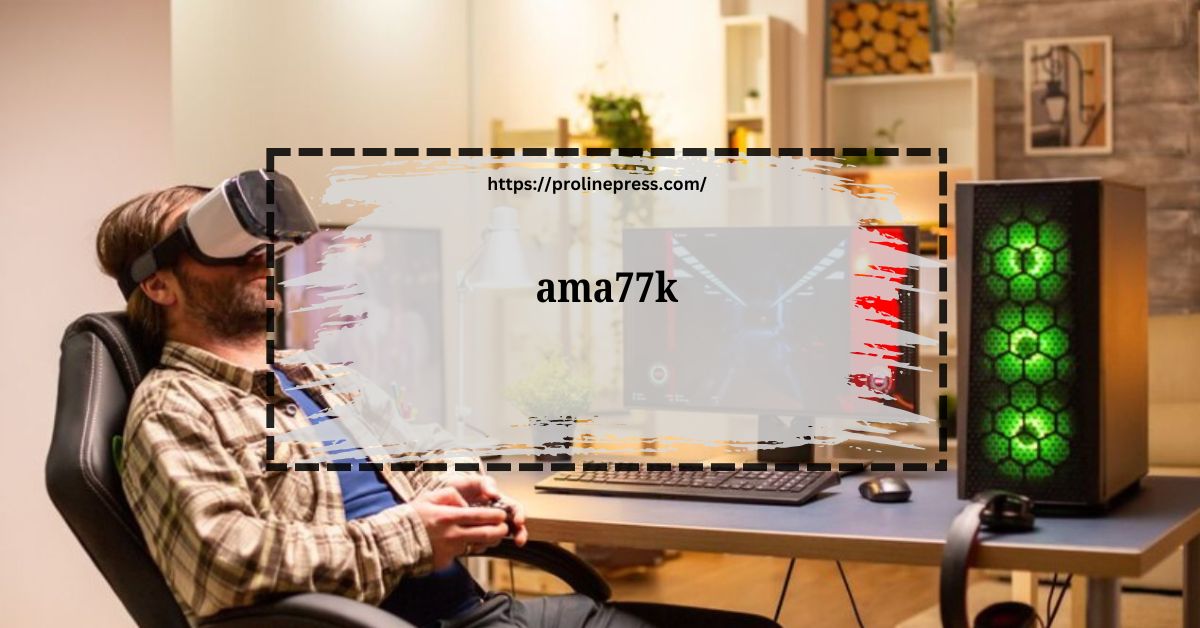The term “Hijabhoojup” may not be widely known, but it carries a rich cultural and historical significance that dates back centuries. Originating from West Bengal, India, the Hijabhoojup is a traditional attire that has been worn by Bengali women across different religious backgrounds.
This article aims to provide a thorough understanding of Hijabhoojup, exploring its history, cultural importance, evolution, and contemporary relevance. Our goal is to offer a comprehensive resource that is easy to read and understand, making it accessible to a broad audience, particularly those in the USA.
What is Hijabhoojup?
Hijabhoojup is a traditional piece of attire primarily worn by women in West Bengal, India. It is characterized by its unique draping style and intricate designs. Unlike the more widely known hijab, which is a headscarf worn by Muslim women worldwide, Hijabhoojup transcends religious boundaries and is a significant part of Bengali cultural heritage.
Historical Origins of Hijabhoojup
The origins of Hijabhoojup can be traced back to ancient Bengal, a region known for its rich cultural tapestry. Historically, it was worn by women from various communities, including Hindus and Muslims, reflecting a shared cultural identity. The traditional garment was not only a piece of clothing but also a symbol of dignity, grace, and social status.
Cultural Significance of Hijabhoojup in West Bengal
Hijabhoojup holds a special place in the cultural landscape of West Bengal. It is often worn during significant events such as weddings, religious festivals, and cultural celebrations. The attire is seen as a representation of Bengali heritage and is cherished for its aesthetic and cultural value.
Hijabhoojup Across Different Religions
One of the most fascinating aspects of Hijabhoojup is its acceptance across different religious communities. While it is commonly associated with Muslim women due to the similarity in nomenclature with the hijab, it is equally embraced by Hindu women. This cross-religious adoption underscores the inclusive nature of Bengali culture.
Materials and Designs of Hijabhoojup
Hijabhoojup is made from various materials, including cotton, silk, and muslin. The choice of fabric often depends on the occasion and the wearer’s preference. The designs are typically intricate, featuring traditional motifs such as paisleys, florals, and geometric patterns. Embroidery, beadwork, and sequins are also common embellishments.
How Hijabhoojup is Worn
The process of wearing Hijabhoojup involves a unique draping style that sets it apart from other traditional garments. It is typically draped over the head and shoulders, with one end of the fabric flowing down the back. The style can vary depending on personal preference and regional influences.
The Evolution of Hijabhoojup Over Time
Over the centuries, Hijabhoojup has evolved in terms of style, fabric, and design. While the traditional form remains popular, contemporary versions have emerged, blending modern aesthetics with traditional elements. This evolution reflects the dynamic nature of cultural practices and the influence of global fashion trends.
Modern-Day Hijabhoojup: Trends and Innovations
In recent years, Hijabhoojup has seen a resurgence in popularity, especially among younger generations. Modern interpretations include a mix of traditional and contemporary styles, making it a versatile garment suitable for various occasions. Designers are experimenting with new fabrics, colors, and patterns to appeal to a broader audience.
Hijabhoojup in Popular Culture
Hijabhoojup has also found its place in popular culture, appearing in movies, television shows, and fashion magazines. Its presence in media has helped raise awareness about its cultural significance and has contributed to its growing popularity outside of India.
Buying Guide: Where to Purchase Authentic Hijabhoojup
For those interested in purchasing Hijabhoojup, it is important to know where to find authentic pieces. Traditional markets in West Bengal, as well as online platforms specializing in ethnic wear, offer a wide range of options. When buying online, it is crucial to check the authenticity of the seller and the quality of the fabric.
FAQs About Hijabhoojup
What is the difference between Hijabhoojup and a regular hijab?
While both terms share a similar name, Hijabhoojup is a traditional Bengali attire that goes beyond just being a headscarf, incorporating a unique draping style and intricate designs.
Is Hijabhoojup worn by women of all religions?
Yes, Hijabhoojup is embraced by women from various religious backgrounds in West Bengal, including Hindus and Muslims.
Can Hijabhoojup be worn for everyday use?
While traditionally worn for special occasions, modern interpretations of Hijabhoojup can be styled for everyday wear as well.
What fabrics are commonly used for Hijabhoojup?
Common fabrics include cotton, silk, and muslin, often adorned with intricate embroidery and beadwork.
How do I maintain and care for my Hijabhoojup?
Proper care depends on the fabric. Silk and muslin should be dry-cleaned, while cotton can be gently hand-washed.
Are there different styles of Hijabhoojup?
Yes, there are various styles, ranging from traditional to contemporary, each with unique draping methods and designs.
Where can I buy authentic Hijabhoojup?
Authentic Hijabhoojup can be purchased from traditional markets in West Bengal and online platforms specializing in ethnic wear.
Can men wear Hijabhoojup?
Hijabhoojup is traditionally a women’s garment. However, men can appreciate and promote its cultural significance.
What occasions are appropriate for wearing Hijabhoojup?
Hijabhoojup is suitable for weddings, religious festivals, cultural celebrations, and, with modern styles, even casual outings.
How has Hijabhoojup evolved over time?
Hijabhoojup has evolved in terms of fabrics, designs, and styles, blending traditional elements with contemporary fashion trends.
Conclusion
The Hijabhoojup is more than just a piece of clothing; it is a symbol of cultural heritage and identity for Bengali women. Its rich history, cross-religious significance, and evolving styles make it a fascinating subject worthy of deeper understanding. Whether you are looking to embrace your cultural roots, explore new fashion trends, or simply learn about a unique tradition, Hijabhoojup offers a rich tapestry of history and beauty that continues to inspire and captivate.



